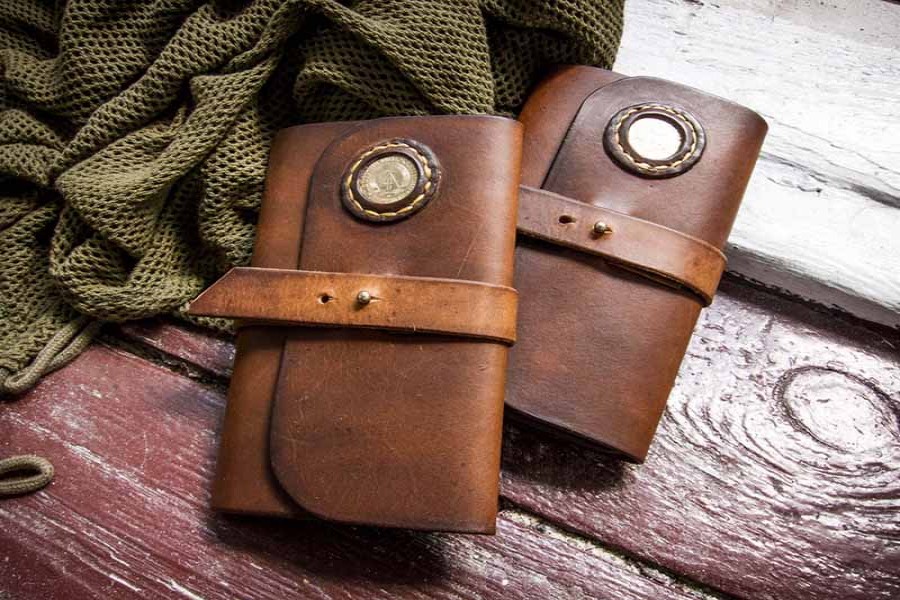There are certain practical reasons to pin hope on leathergoods as export earners. The relocation of leathergoods production units from China, the leading exporter, has created a vacuum that can be partially filled up by the Bangladeshi producers and exporters. That Bangladeshi entrepreneurs will be able to do it successfully is evident from the progress they have made in raising their capacity in recent years. Yet, like exporters in other sectors, they too are encountering a number of problems that cannot be resolved without active help and support from the government.
One of the greatest advantages that the sector enjoys is that basic raw material used for producing leathergoods is available locally in a large volume. In fact only 25 to 30 per cent of the hides and skins produced locally are used to produce exportable leathergoods. The export earning from leathergoods could be raised to $5.0 billion from the present level of $1.23 billion if the use of locally produced hides and skins is enhanced by another 30 per cent. Buyers are found to be satisfied with the quality of the Bangladeshi leathergoods, footwear in particular. The advantage that the country enjoys in relation to duty-free entry of its goods to many developed markets is also a notable attraction to the buyers, the international retailers in particular. A number of retailers are already sourcing leathergoods from Bangladesh.
But the factors such as environmental pollution caused by the tanneries, higher lead time in goods shipment, lack of variety of goods, scarcity of skilled hands have been impeding the growth of the sector. The buyers are particularly sensitive to environmental pollution and child labour issues. The government, though belatedly, is trying to address the environmental pollution issue. After lots of foot-dragging, it has relocated the tanneries in an independent park at Savar. But the relocation process has been very slow and tanneries that have already shifted there are reportedly facing a few problems. The issue of river pollution has also surfaced again. It is alleged that tannery waste is being dumped into the River Dhaleswari despite the fact that the park has its own affluent treatment plant.
The Prime Minister, while inaugurating the leather expo, unveiled the government plan to establish two more industrial parks for leather and leathergoods in Chittagong and Rajshahi. That is a piece of welcome news, for that would reduce the level of hassles involved in transportation of hides and skins and create employment opportunities on regional basis.
It is expected that the government would keep in mind the problems it faced while implementing the tannery industrial park at Savar and do the needful to stop repetition of the same in the case of proposed tannery industrial parks in Chittagong and Rajshahi.
But equally important will be the government's support for creating skilled hands in the leathergoods sector and ensuring pollution-free production process at all levels. That can only be ensured through joint efforts of both the operators in the sector and the government.
Most Bangladeshi entrepreneurs are found quite unwilling to spend money on developing skilled hands locally though a few of them are ready to employ a few skilled foreign technical and general workers at high costs. Instead of doing that the owners of different industries can establish their own skill training institutes and hire foreign experts/technical hands of the relevant fields and arrange theoretical as well as on-the-job training for local workers.
Bangladesh has no dearth of workers and vast majority of them are unskilled and unlettered. They ought to be given some basic education and then need-based skill training. It is, however, necessary to identify the areas of skill development. Many apparel units have employed foreign skilled hands because of the shortage of the same on the home front. If Bangladesh is really interested to take up production of high-end items, be those in textile sector or leathergoods sector or any other sector, it has to develop its own skilled hands first. Our entrepreneurs, unfortunately, are not that attentive to meeting that need. In the case of leathergoods, it is important to raise further the quality of our products so that we can compete with others in the international market. We have made some headway. But we need to do more in this particular area. Hopefully, both leathergoods industry owners and the government would put greater emphasis on quality improvement of leathergoods.

- Friday, 3 January 2025 |
- Today's FE |
- e-Paper |
- Beta Website

